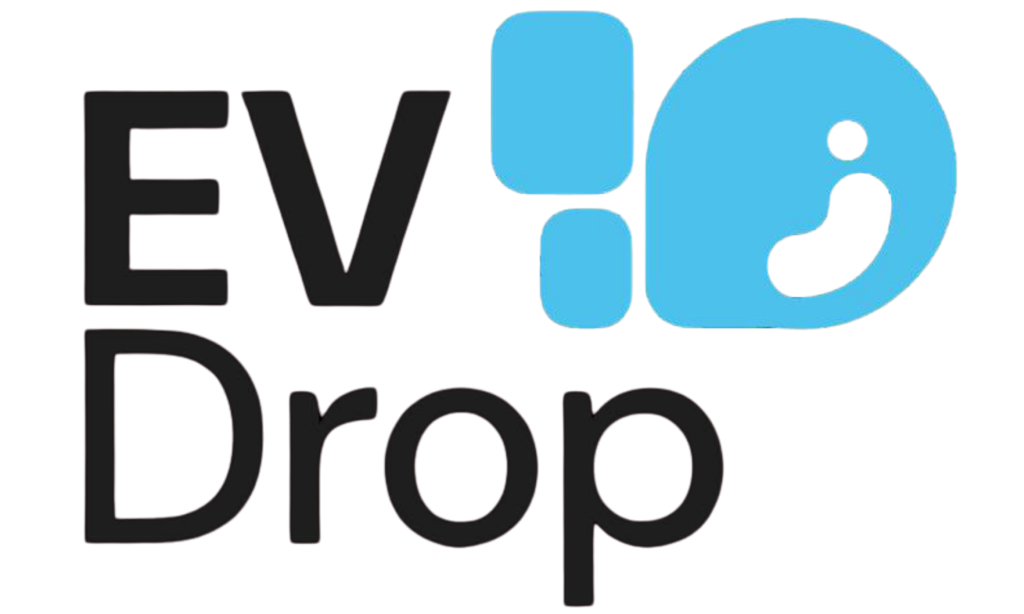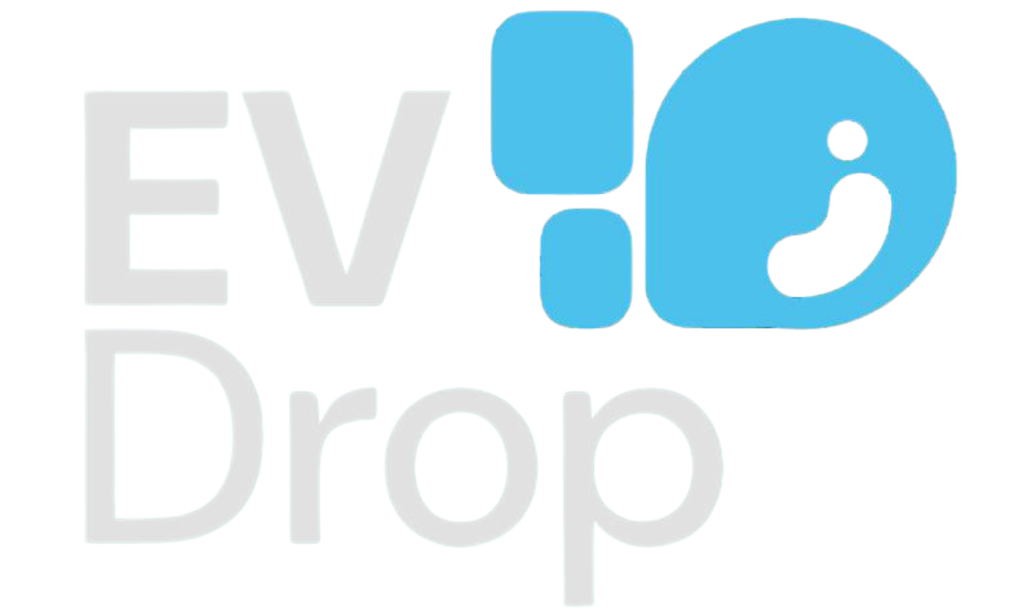Switching to an electric vehicle means no more gas stations and fewer maintenance hassles. It’s a step toward a cleaner future. However, with EV sales projected to exceed 20 million by 2025 (Reuters, 2025), a new challenge emerges: simultaneous charging is placing pressure on the power grid.
Picture this: It’s 6 PM, and after a long day, you plug in your EV while cooking dinner and running the air conditioning. Your neighbors are doing the same. The surge in demand strains the grid, prompting utilities to activate “peaker plants”—backup energy sources that rely on fossil fuels. This undermines the environmental benefits of EVs by increasing carbon emissions.
A more efficient approach involves smart charging. Imagine using an app like beevrGO, which functions as a personal charging scheduler. Instead of plugging in during peak hours, you reserve a slot when demand is lower, such as overnight. This is similar to dining out at off-peak times—less crowded, more affordable, and highly efficient.
Why Your Charging Routine Holds the Key to a Greener Grid
Peak electricity demand typically occurs between 4 PM and 9 PM, when households use multiple appliances simultaneously. To handle the load, utilities often resort to fossil-fuel plants, which is comparable to using excessive force for a simple task.
Shifting electric vehicle (EV) charging to off-peak times can significantly reduce greenhouse gas emissions. The International Energy Agency (IEA) highlights in its Global EV Outlook 2024 that aligning EV charging with periods of low electricity demand not only alleviates strain on the power grid but also enhances the utilization of renewable energy sources, reducing reliance on fossil fuels.
Furthermore, research from Canary Media suggests that the rapid adoption of EVs and clean energy technologies is contributing to a projected peak in global carbon emissions by 2024, followed by a decline. This emphasizes the pivotal role of smart charging practices in accelerating emission reductions.
Beyond reducing costs, smart charging also helps maximize clean energy. Let’s explore how…
Aligning Charging with Renewable Energy
One of the biggest challenges with renewable energy is inconsistency. Solar panels don’t generate power after sunset, and wind turbines remain idle on calm days. Aligning EV charging with peak renewable energy production maximizes the use of clean power.
beevrGO could notify users: “Solar farms in Alberta are at full capacity—charge now for 100% renewable energy.” Research shows aligning charging with renewables halves emissions compared to random plug-ins. In Quebec, where hydropower supplies 90% of electricity, off-peak charging ensures EVs run cleanly without overloading the grid.
Smarter Charging, Fewer Upgrades
Expanding grid infrastructure is both costly and time-consuming. However, implementing smart charging strategies can alleviate these challenges by optimizing energy consumption patterns. For instance, a 2024 study introduced EV-EcoSim, a co-simulation platform that integrates electric vehicle charging with grid management. This platform demonstrated that strategic coordination of EV charging with renewable energy sources can significantly reduce the need for extensive grid upgradesarxiv.org .
Similarly, the National Renewable Energy Laboratory (NREL) has showcased the benefits of smart-charge management. By distributing EV charging across different times of the day, it’s possible to prevent power grid overloads, thereby reducing the necessity for costly infrastructure enhancements nrel.gov.
These insights highlight how smart charging programs can not only prevent expensive grid expansions but also contribute to a more efficient and sustainable energy system.
Your EV Isn’t Just a Car—It’s a Climate Tool
Sustainability is not solely dependent on governments or corporations. Individual actions play a crucial role. Choosing to charge during off-peak hours or aligning charging with renewable energy availability sends a strong message: invest in clean energy, not fossil fuels.
The Future Is Electric—and Intelligent
While beevrGO is still under development, the concept is simple: small behavioral changes, when widely adopted, can create significant impact. Set your preferences (“Charge by 7 AM at 80%”), and let technology handle the rest.
Next time you plug in your EV, consider this: Can your charging routine help eliminate fossil fuel dependence? The answer is closer than you think.
Join the Movement
✔ Explore off-peak savings
✔ Learn about renewable energy
✔ Track global EV trends
Your EV isn’t just a vehicle—it’s a catalyst for change. Let’s drive toward a smarter future. ⚡🚗




